10 Assessment-Savvy Teachers Share Alternatives to Traditional Tests
As policymakers continue to trumpet the use of standardized tests to measure student progress, students’ love for learning is suffering. Recognizing this, many teachers are turning up the volume with alternative forms of assessment that emphasize the value of presenting knowledge in a relevant, flexible manner. Project and performance based lessons as well as ongoing formative assessments are a handful of alternative practices teachers are using to check for student understanding while simultaneously monitoring and adjusting their instruction.
Here are some tips from teachers who are effectively integrating formative and alternative assessments into their professional practice:
Diana Rankin, a New Jersey high school English teacher, is incorporating small scale, informal assessments into her English classroom:

“As a new teacher, most of my assessments were formal & traditional; I gave 3 summative (mostly) objective tests per quarter, along with some quizzes. I also made sure to include at least one major writing assignment per marking period. This seemed okay to me since it was how I remember being assessed in high school. However, taking a graduate course over the summer about using theater in the English classroom, becoming familiar with performance assessments, and enrolling in the alternate route program has made me rethink my assessments.
This year I have been concentrating on varying the types of assessments I give. I have started making assessment more informal and part of the classroom routine. I think there is often a lot of pressure to grade everything we collect from our students. Not only does this way of thinking discourage me from assessing students every day (to be honest!), but it also adds to students' anxiety about showing what they know. I like the idea of assessing learning in the form of casual, daily classroom practice. Since I started doing this with exit cards, do nows, reflections, and questioning, I have had a better sense of what my students need.”
Vicki Davis, a teacher from Georgia, is using formative assessment to gather instant feedback on students’ comprehension and ensure everyone in the class understands difficult, new concepts:
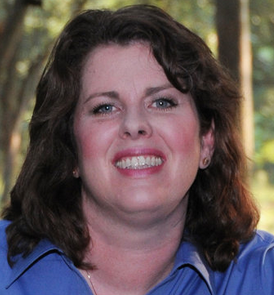 “My teacher instincts said that everyone knew it, but I decided to experiment. So I wrote a problem on the board. Students were already logged into Socrative, and a box opened up on their screens. Each student typed in his or her answer to the problem. They clicked enter, and all of their answers appeared on my screen beside the name of each student. I was floored. Guess how many knew the right answer? Two! Just the two students who had spoken up and no one else!”
“My teacher instincts said that everyone knew it, but I decided to experiment. So I wrote a problem on the board. Students were already logged into Socrative, and a box opened up on their screens. Each student typed in his or her answer to the problem. They clicked enter, and all of their answers appeared on my screen beside the name of each student. I was floored. Guess how many knew the right answer? Two! Just the two students who had spoken up and no one else!”
Paola Bonanno, a Middle School Italian language teacher from New Jersey, prefers her students learn as they are assessed. To Bonanno, assessments are a critical component of instruction:
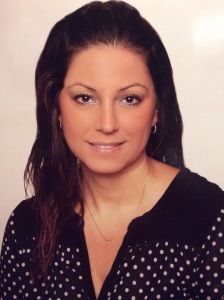
“Normally teachers implement all the three kinds of assessments: assessment for learning, assessment as learning and assessment of learning. As we recently observed during state testing, schools and administrators in general place great emphasis on the assessments of learning with standardized test and exams.
But I actually strongly believe that what counts more and what actually helps the teacher to realize and have a better idea of what has been done or needs to done, are the assessments for learning, where they are spontaneous, as part of the instruction itself, and the assessment as learning, where students have the chance to learn as they are assessed, working in group for instance. Assessment is not just the way to see where students stand in terms of progress, but also to see how a teacher is doing in delivering the instruction.”
Phyllis Bivins-Hudson, a 20 year teaching veteran specializing in English Language Arts, has found peer assessment to be an effective alternative assessment strategy:
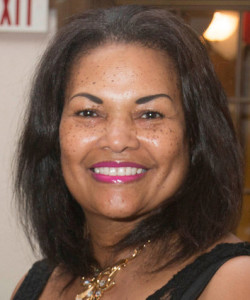
"Another means of assessing students’ work is to provide opportunities for them to engage in each others’ work. For instance, when students are making oral presentations, peers are a part of the scoring and feedback process rather than mere onlookers. They must analyze and assess the work of their peers as it is being presented. This maintains engagement of all students and provides the teacher with another means of assessing students’ learning from a total different perspective. Further, it helps student assessors become better evaluators of their own work and learn while assessing peers."
Teachers across the nation are also using social networks like Twitter and Pinterest to share alternative assessment ideas that proved successful:
My students self-assessed their writing using my rubric and the result was impressive!! Great idea @ZywickiR #assessment #rugsear — Christina Pereira (@MsPereirasclass) March 11, 2015


In my last asmt, I substituted videos for images. The students were more engaged, more detailed and responses focused. #RUGSEAR #assessment — Emily Rogers (@EmilyRogersPHHS) March 11, 2015
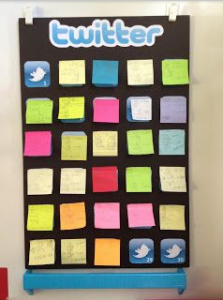

#RUGSEAR #ASSESSMENT I use exit tickets to assess my students comprehension of the lesson. This helps me prepare for the next day. — Scott Monfiletto (@SMonfiletto) March 11, 2015
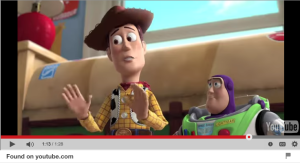

Have you introduced any alternative assessment strategies or teaching models into your classroom? Which have been most successful with your students?

 Heather Ngoma has over 25 years of experience collaborating with educators across New Jersey to drive education innovation. She currently serves as the Director of the Rutgers-GSE Alternate Route Program in the Department of Learning and Teaching, a program which helps career changers, recent college graduates, and other aspiring education professionals become licensed teachers in New Jersey. Follow her on Twitter @heatherngoma.
Heather Ngoma has over 25 years of experience collaborating with educators across New Jersey to drive education innovation. She currently serves as the Director of the Rutgers-GSE Alternate Route Program in the Department of Learning and Teaching, a program which helps career changers, recent college graduates, and other aspiring education professionals become licensed teachers in New Jersey. Follow her on Twitter @heatherngoma.



